
Human body primary resource
Learn some fascinating facts about the human body and how it works
This Science primary resource gives children the chance to learn some fascinating facts about their bodies and how they work. How many times a day does your heart beat? Which cells in your body live longest? How much saliva do you produce in a lifetime?
Pupils will learn some surprising facts about the human body and how it behaves in our National Geographic Kids’ Science primary resource sheet.
The teaching resource can be used in study group tasks for discussion about different parts of the body. It could be used as a printed handout for each pupil to review and annotate, or for display on the interactive whiteboard for class discussion.
Activity: Ask children to use the facts provided and their own research to write a human body fact sheet of their own. Pupils could choose one of the parts of the body mentioned (i.e. brain, heart, teeth, eyes, etc.) and research further facts about it, in order to make a poster or leaflet.
N.B. The following information for mapping the resource documents to the school curriculum is specifically tailored to the English National Curriculum and Scottish Curriculum for Excellence. We are currently working to bring specifically tailored curriculum resource links for our other territories; including South Africa, Australia and New Zealand. If you have any queries about our upcoming curriculum resource links, please email: schools@ngkids.co.uk
This Science primary resource assists with teaching the following Key Stage 1 Science (Year 1) objective from the National Curriculum:
Pupils should be taught to:
- identify, name, draw and label the basic parts of the human body and say which part of the body is associated with each sense
National Curriculum Key Stage 1 Science (Year 2) objective:
Pupils should be taught to:
- find out about and describe the basic needs of animals, including humans, for survival (water, food and air)
National Curriculum Lower Key Stage 2 Science (Year 3) objectives:
Pupils should be taught to:
- identify that humans and some other animals have skeletons and muscles for support, protection and movement.
This Science primary resource assists with teaching the following Sciences Second level objectives from the Scottish Curriculum for Excellence:
- I have explored the structure and function of sensory organs to develop my understanding of body actions in response to outside conditions
Scottish Curriculum for Excellence Sciences Third level objectives:
- I have explored the structure and function of organs and organ systems and can relate this to the basic biological processes required to sustain life.
Scottish Curriculum for Excellence Sciences Fourth level objectives:
- I can explain how biological actions which take place in response to external and internal changes work to maintain stable body conditions
Download primary resource
Note: This is a subscriber-only benefit. If you have an active subscription, please log into your online account to download the files.
More Like
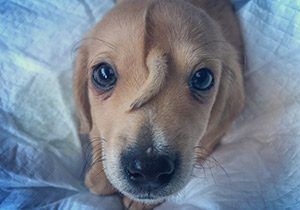
Meet Narwhal the ‘unicorn’ puppy
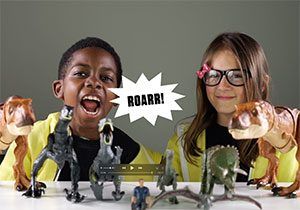
We meet a Jurassic World Thrash ‘N’ Throw T. rex!
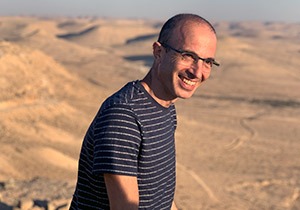
Yuval Noah Harari Interview!
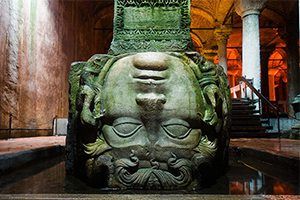
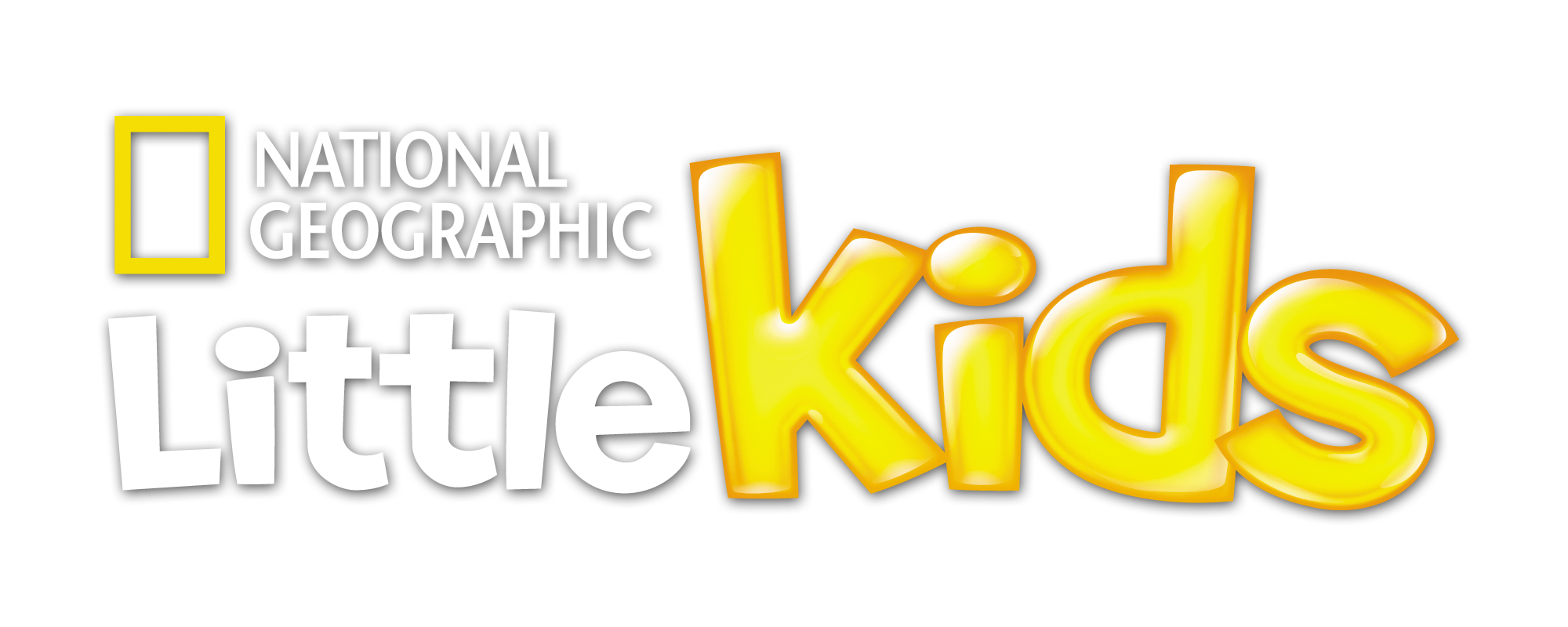








LEAVE A COMMENT
THANK YOU
Your comment will be checked and approved shortly.
WELL DONE,
YOUR COMMENT
HAS BEEN ADDED!
COMMENTS1
CUSTOMIZE YOUR AVATAR